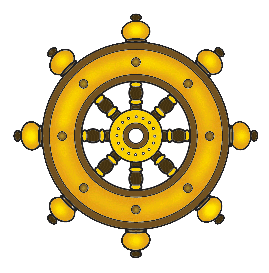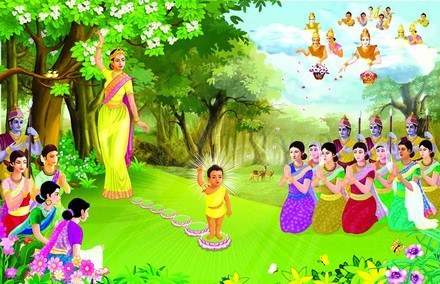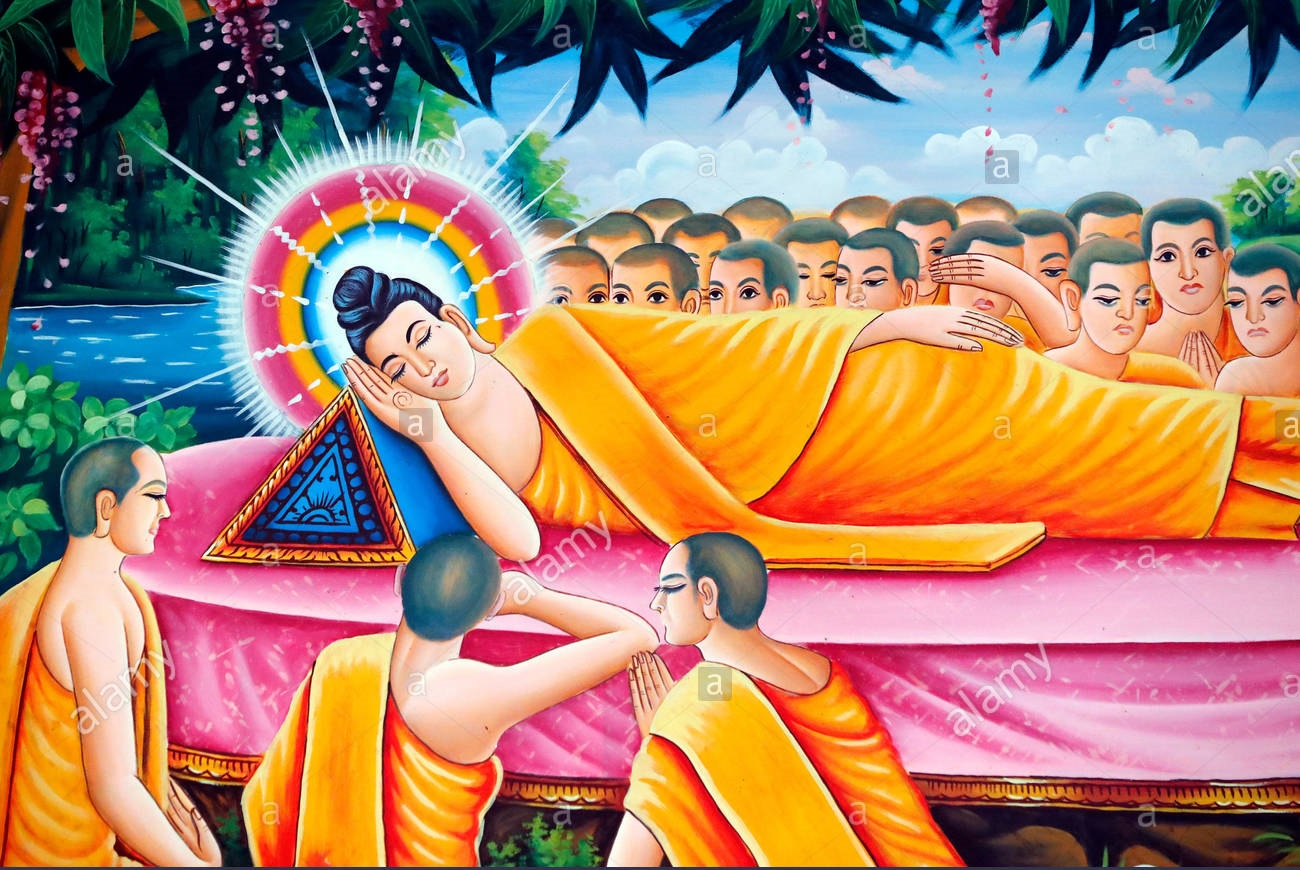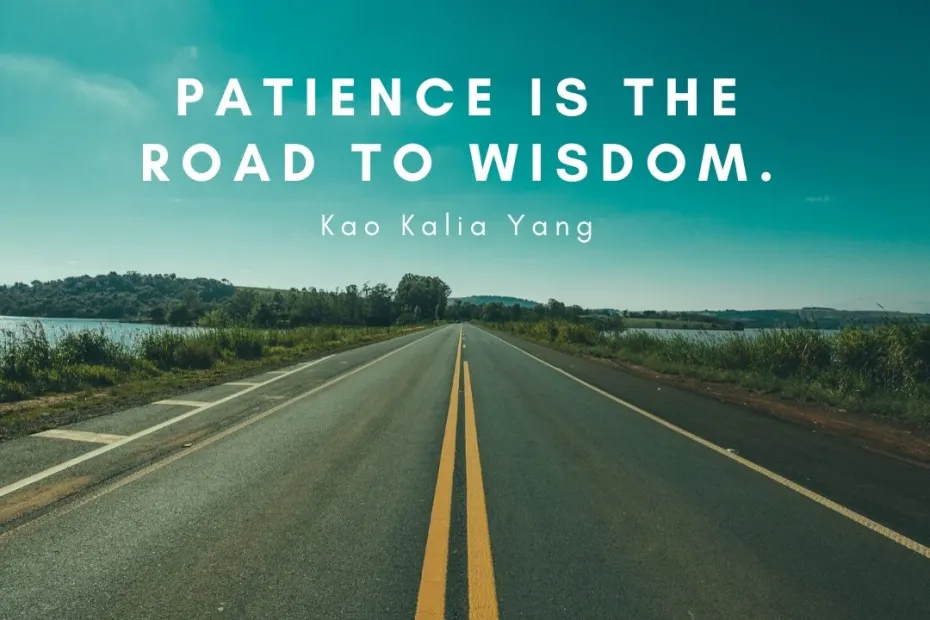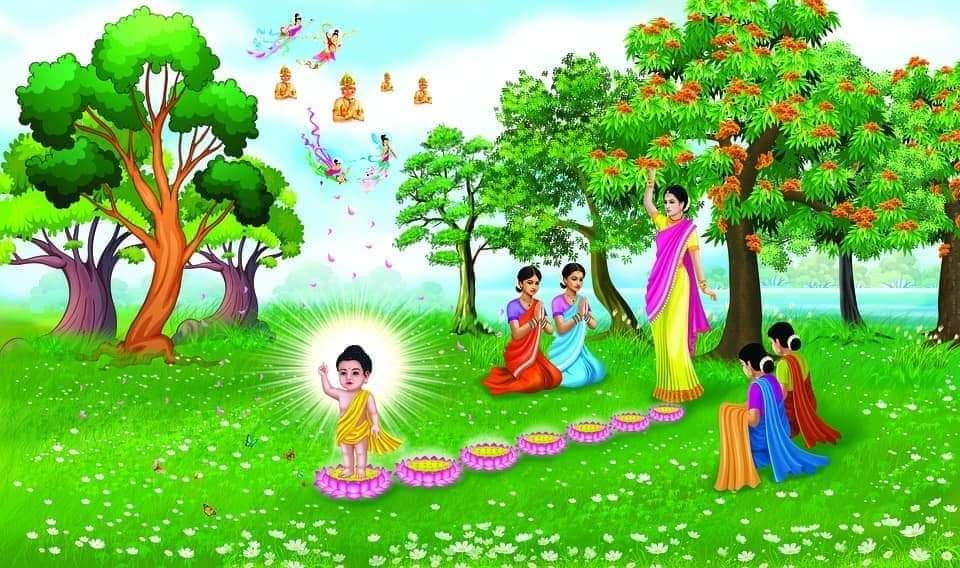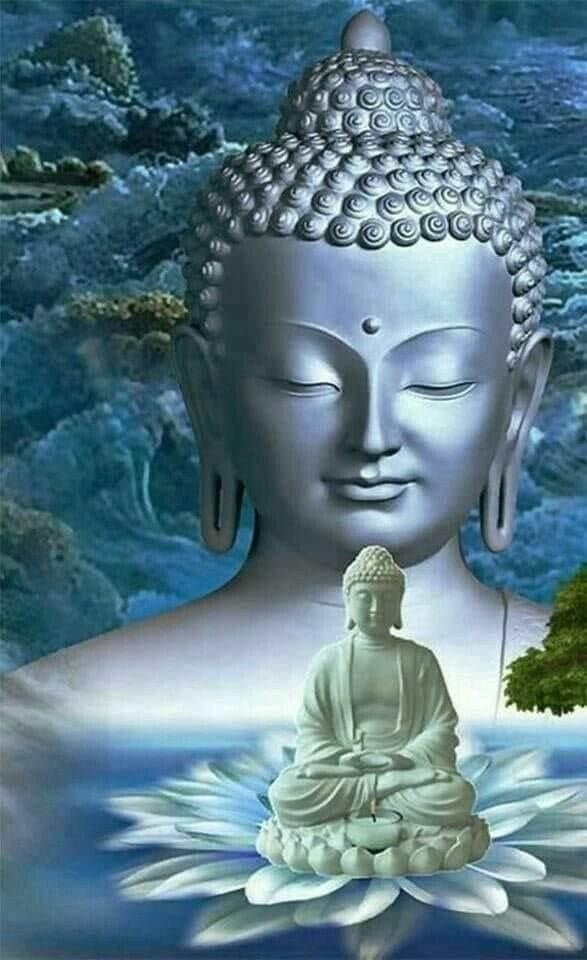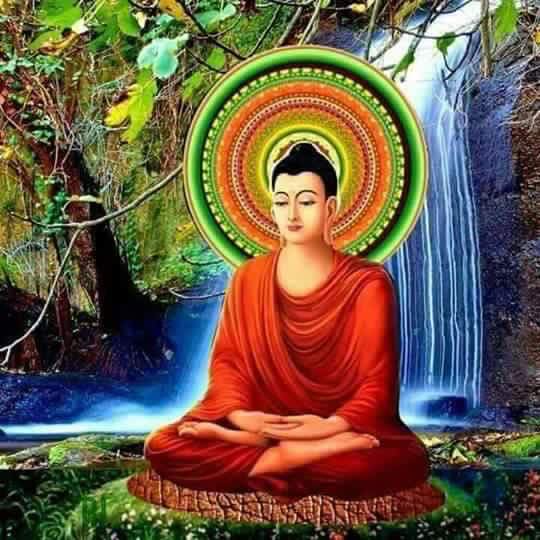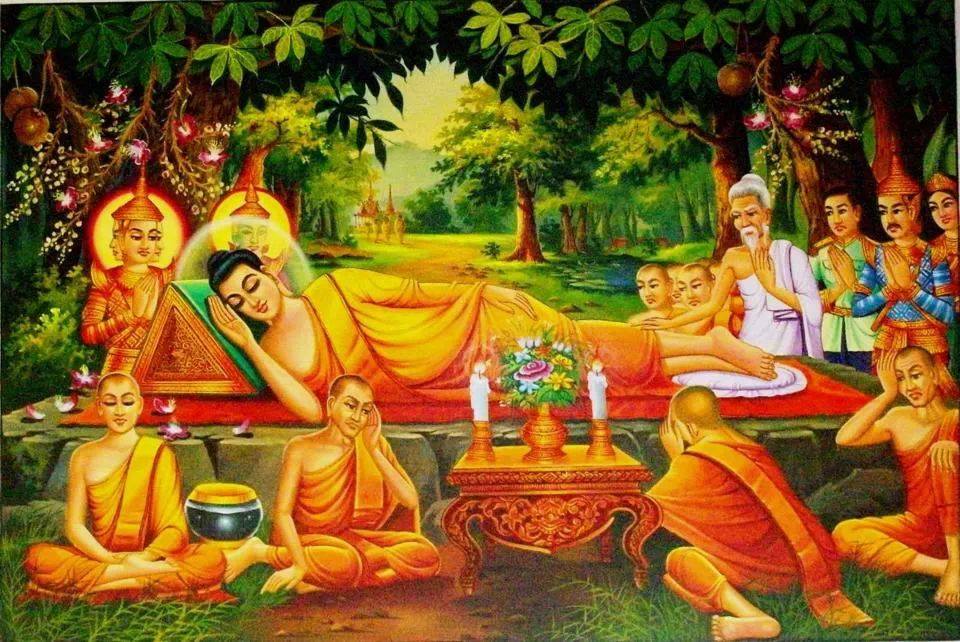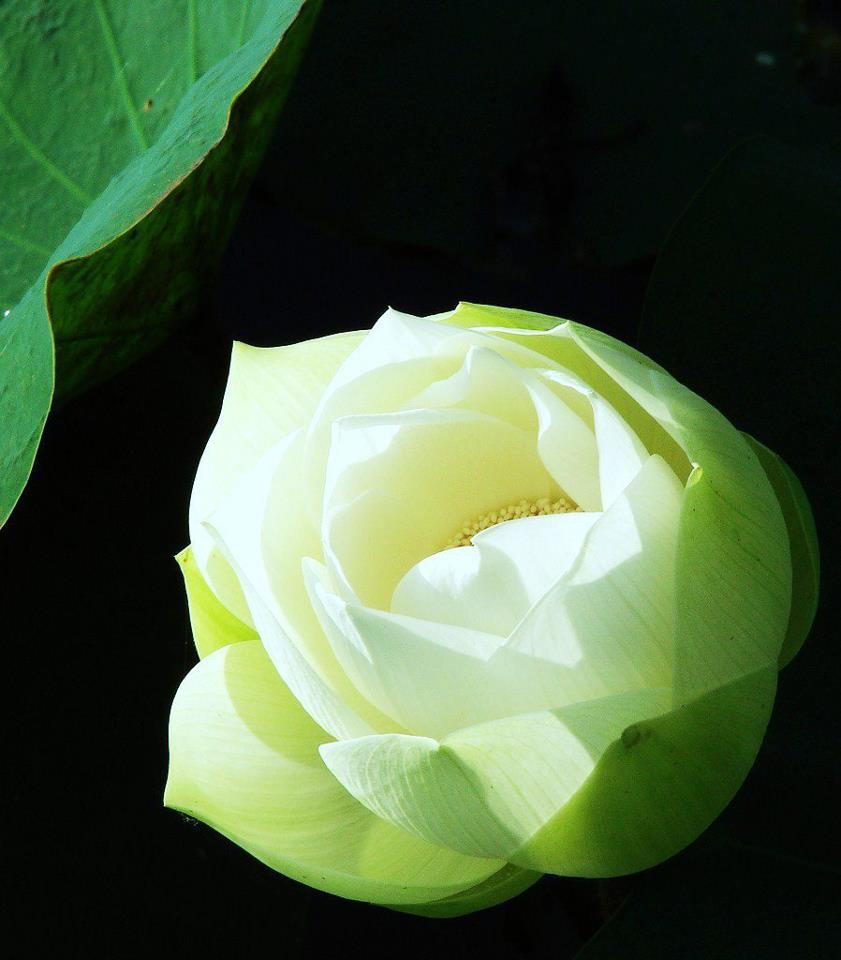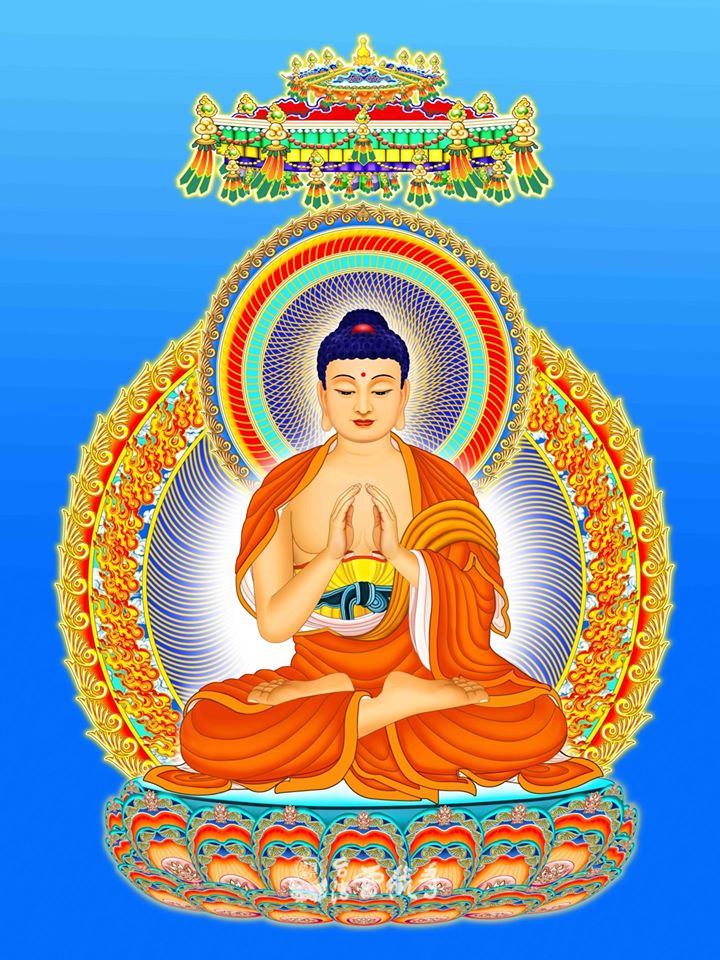Dharmacharya Andrew. J. Williams
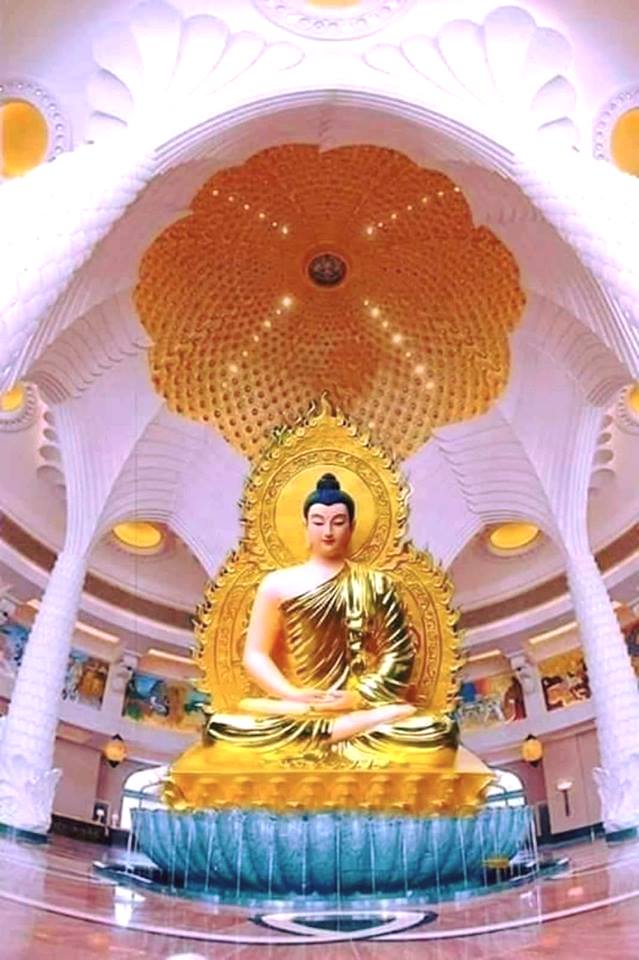
A BRIEF HISTORY OF BUDDHISM Part 1 – Intro
◆● ════◆◇◆════ ●◆●
“The History of Buddhism spans from the 6th century BCE to the present. It arose in the eastern part of Ancient India, in and around the ancient Kingdom of Magadha (now in Bihar, India), and is based on the teachings of the Unsurpassed Supremely Enlightened Shakyamuni Buddha (also Gautama Buddha), (Born as Prince Siddhārtha Gautama). This makes it one of the oldest religions practiced today.
Buddhism evolved as it spread from the North-Eastern region of the Indian subcontinent through Central, East, and South-East Asia. At one time or another, it has influenced most of the Asian continent.
The history of Buddhism is also characterised by the development of numerous movements, traditions and schools, among them the Theravāda (School Of The Elders), Mahāyāna (Great Vehicle) and Vajrayāna(Diamond Vehicle) traditions, with contrasting periods of expansion, consistency and retreat.”
◆● ════◆◇◆════ ●◆●
~Dharmacharya Andrew. J. Williams~
A BRIEF HISTORY OF BUDDHISM Part 2
SIDDHARTHA GAUTAMA/ THE BUDDHA
◆● ════◆◇◆════ ●◆●
“Siddhartha Gautama was the historical founder of Buddhism. He was born a Kshatriya warrior prince in Lumbini, Sakya Republic, India (modern day Nepal). The dates of his birth and death are still a point of discussion, but most scholars suggest that the Buddha passed away during the 6th century BCE. However, the most common dates given for the Buddha’s birth, enlightenment and death are: Birth 624 BCE; Enlightenment 589 BCE, at the age of 35; and Death 544 BCE, at the age of 80.
His particular family of Sakya Kshatriya’s may have made claims of belonging to a Brahmin lineage (Sanskrit: Gotra), as indicated by the family name “Gautama” and the epithet “Angirasa”. 19th-century scholars, such as Eitel, connected it to the Brahmin Rishi Gautama. While some Buddhist texts, use the epithet, Angirasa, which refers to the Brahmin Sage Angirasa.
History records that the Buddha was born as a prince in an ancient kingdom of northern India (original name Siddhartha Gautama born 624 BC Kapilavastu, Sakya Republic, Kosala Kingdom). Although as a youth, he was protected by his father in beautiful palaces, as he grew older, the Buddha encountered what we must all face: the inevitable sorrows of life. He saw the loss of all things we hold dear, and the aging, sickness and death that come to every human being. Seeing this, he chose to renounce his royal title and leave his palace to become a seeker of truth, searching for the end of human sorrow, searching for freedom in the face of the ceaseless round of birth and death.
For some years the Buddha practiced as an austere yogi in the forests of India. In time he realised that his extreme asceticism had brought him no more freedom than his previous indulgence in worldly pleasure. Instead, he saw that human freedom must come from practising a life of inner and outer balance, and he called this discovery the Middle Path. A path of moderation which transcends the extremes of self-indulgence and self-mortification.
Having seen this, the Buddha seated himself under a great banyan tree, now known as the Bodhi Tree (Tree of Enlightenment) in Bodh-Gaya, and vowed to find liberation in the face of the forces that bring suffering to humankind. He felt himself assailed by these forces – by fear, attachment, greed, hatred, delusion, temptation and doubt. The Buddha sat in the midst of these forces with his heart open and his mind clear until he could see to the depths of human consciousness, until he discovered a place of peace at the centre of them all. This was his enlightenment, the discovery of nirvana, the freeing of his heart from entanglement in all the conditions of the world. From then on, he was known as “The Enlightened One”, the “Samyaksam Buddha”. The realisation of truth that he touched that night was so profound that his teachings about it have continued to inspire and enlighten people all over the world to this day.
From the Buddha’s enlightenment, two great powers were awakened in him: transcendent wisdom and universal compassion. Setting in motion the Wheel of the Dhamma (Dharma), the Buddha wandered first to the Deer Park in Benares and gave instructions to the yogis who had practised with him in the forest. Together with the Buddha they formed the first Sangha (the supportive and harmonious community of Buddhist practitioners, consisting of ordained monks (bhikkhsu’s) and nuns (bhikkhsuni’s), as well as lay males (upasaka’s) and females (upasika’s)). According to the scriptures, the order of nuns was established sometime later.Mahapajapati Gotami, the aunt and foster mother of the Buddha, was the first bhikkhuni.
So to carry on his teachings, the Buddha further developed the ordained Sangha, what is now one of the oldest surviving monastic orders on earth. These monks and nuns, who still number in the hundreds of thousands around the globe, follow the Buddha through a life of renunciation. But the teachings he left were not limited to renunciates. They can be understood and awakened in the heart of human beings in every circumstance, in every walk of life. The Sangha, together with The Buddha and the Dharma (Dhamma), make up the Three Jewels or the Triple Gem (Buddha, Dharma (Dhamma) and Sangha).
For the remaining 45 years of his life, the Buddha is said to have travelled in the Gangetic Plain of North-Eastern India, as well as many other regions, to share his Dharma (Dhamma) for the benefit of all. He brought the teachings of wisdom and compassion to all who would listen. These teachings, which the Buddha called the Dhamma (Dharma), or the Way, are an invitation to follow the path to enlightenment. They are an invitation to all who hear them to discover their own Buddha-Nature, the freedom and great heart of compassion that is possible for every human being.
To bring about the awakening of students of all temperaments, the Buddha taught a wonderful variety of spiritual practices. There are foundation practices for the development of loving kindness, generosity and moral integrity, the universal ground of spiritual life. Then there is a vast array of meditation practices to train the mind and open the heart. These practices include awareness of the breath and body, mindfulness of feelings, and thoughts, practices of mantra and devotion, visualisation and contemplative reflection, and practices leading to refined and profoundly expanded states of consciousness.
The Buddha found patronage in the ruler of Magadha, King Bimbisara. The King accepted Buddhism as his personal religion and way of life, and allowed the establishment of many Buddhist Vihara’s (Monasteries). This eventually led to the renaming of the entire region as Bihar.
The Buddha attained Parinirvaṇa in the abandoned jungles of Kusinagara. Just before the Buddha died, he reportedly told his followers that, thereafter, the Dharma (Dhamma, Doctrine, Teaching) would be their guide. The early Arhant’s considered The Buddha’s words the primary source of Dharma (Dhamma) and Vinaya (rules of conduct and community living), and took great pains to formulate and transmit his teachings accurately. Versions of the Buddhist Canon (accepted scriptures) (the Tripitaka or Three Collections) are preserved in Pali, Sanskrit, Chinese and Tibetan, as well as numerous other languages.”
◆● ════◆◇◆════ ●◆●
~Dharmacharya Andrew. J. Williams~
.

